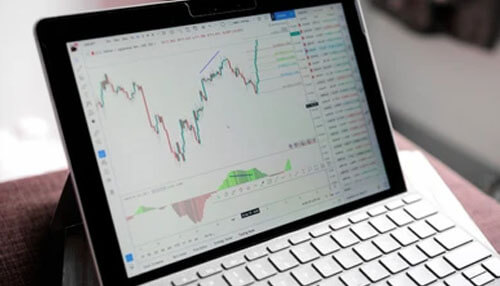Intraday trading involves trades that should be squared off in just one single session. It implies that shares bought would be sold off even before the market closes for the day. Intraday trading of top risk management techniques could be riskier than long-term investments and even short-term investments. Thanks to the intrinsic volatile nature of the stock and the price fluctuations, Peter DeCaprio feels that intraday trading could involve a relatively higher degree of risk.
If you wish to be profitable and successful, as a day trader in the ruthless intraday trading market scenario, you should master risk management skills. Trading should not be a precariously wild gamble. As a trader, you should be adept at analyzing and minimizing risks associated with intraday trading.
You may not be in a position to exercise control over or influence your profit-making, but you should know to minimize your losses and risks by formulating and implementing a robust intraday trading stratagem. If you do not have a plan in place, you may be swayed by emotions and end up making decisions you would regret later. You can be a successful trader only if you have sound knowledge of what specific shares to purchase and precisely when to sell off. Only capable traders who take proactive measures to combat and curb risks can ultimately succeed and survive.
Top Risk Management Techniques
An intraday trader’s job involves buying and selling a specific volume of an asset and then reversing the transaction later during the day for earning a profit.
Identify Resistance & Support
Peter DeCaprio firmly believes that a trader should be adept at technical risk analysis and capable of determining specifically, which stocks to purchase. Stocks keep fluctuating within specific price ranges. The lower point associated with a specific price range is the support, while the ceiling is called resistance. These price points and price ranges may be arrived at by close observation and analysis of past price movements, utilizing advanced digital tools to connect price troughs and peaks on a chart for determining support and resistance.
A share generally rises close to its support price, and when it is close to its resistance price, the share dips in value. A share usually tends to rise near its support price, while near its resistance price; it usually tends to drop in value. However, it may not be the case every time. It depends on the latest market developments.
Choose Perfect Exit Points
Once you have purchased a share, you should have a clear idea about when to sell it off and when is the right time to quit. A stop-loss seems to be a specified price at which you should sell off your shares to ensure no further loss. A stop price may be set at a precise price below its support price at which there is more likelihood of any further loss. You should also pre-determine and fix a specific price for selling your share at a profit. It is always set close to its resistance.
Conclusion: Risk Management Tips in a Nutshell
For easy and seamless buying and selling, consider trading in highly-liquid shares. Always do adequate research and analysis. Do your homework with sincerity and dedication before trading. Fix the take profit or stop loss prices carefully. Calculate the amount accurately to trade for, and the expected returns. Always examine and evaluate your past trades. Be willing to learn from all your mistakes!



